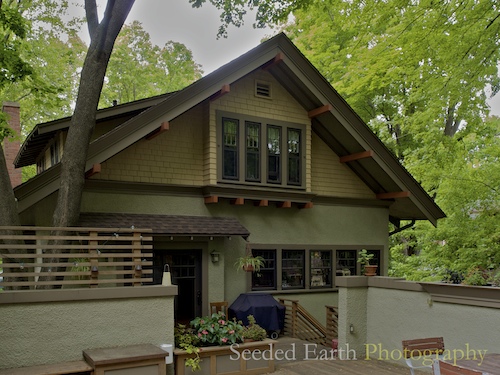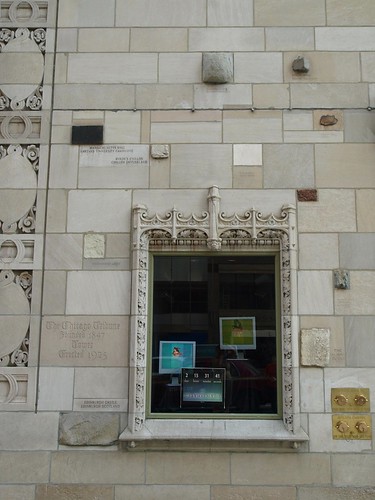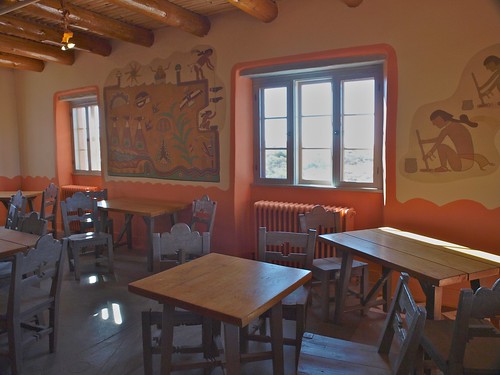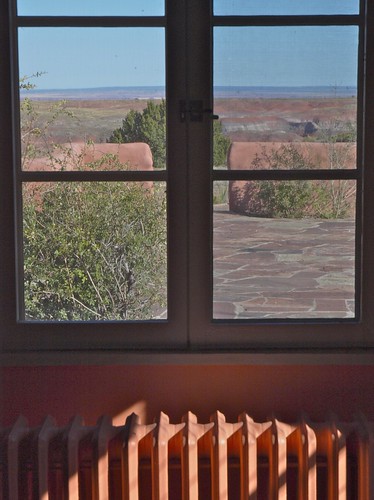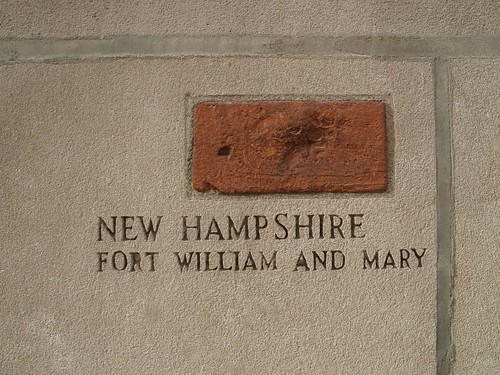There is a cluster of bungalow homes near Vilas Park, a near-westside neighborhood in Madison, Wisconsin. These bungalows, built in the Craftsman Style tradition, were the work of one of the early female architects, Cora Cadwallader Tuttle. Tuttle learned carpentry from her father, design from her mother, and drafting in college. Though she grew up in rural Dane County, Cora moved to Texas with her husband, children and nephew in 1904. Following an unsuccessful business venture on a rice plantation and the death of her husband, she and her three sons joined her sister’s family who had settled in Prescott, Arizona. There she was introduced to the craftsman-style homes under construction in the Prescott area. She returned to Madison in 1908 when her son began studies at UW.
Cora bought a lot in the new Vilas Park area, and designed and built a home patterned after the Prescott Craftsmans. She attracted a favorable following and eventually designed a total of 5 homes in the area. Cora Tuttle was the only woman architect to design and build in the Madison area prior to WWI.
This home, the Eugene C. Smith House, was built in 1911. A one and a half story home, it shares many characteristics with the other Tuttle bungalows. Small details were changed in each house to give the feeling of individuality, but the basic parts of the homes are quite similar. The Smith home has a side entrance into the living room. The dining room opens from the living room, and has an entrance to the kitchen. Upstairs, there are three bedrooms and a bathroom. The recent owners have updated the rear of the home, adding a large deck for outdoor living space, but maintaining the architectural style.
The Tuttle bungalows are a part of the Wingra Park National Register Historic District.

